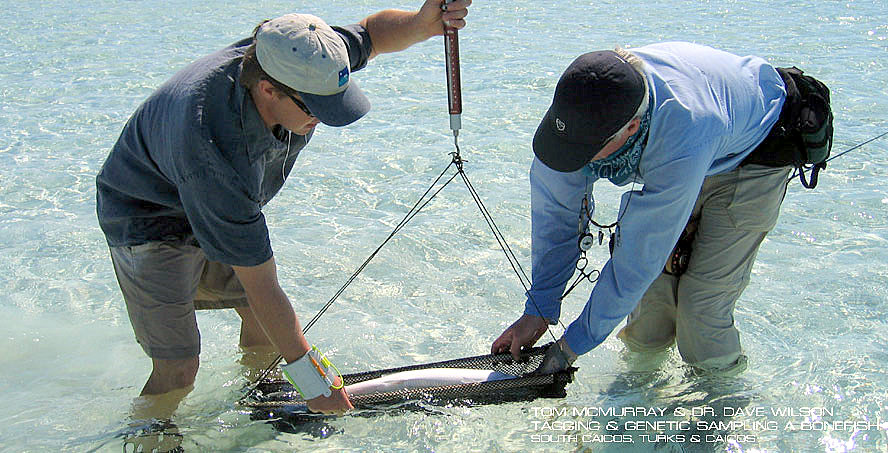
Lateral Line Foundation and 2% for the Fish Homepage | Projects, Studies and Initiatives | About Us
PROJECT NAME: Catch a Derelict Day
STATUS: In progress
ABOUT THE PROJECT
Derelict fishing gear, including lost or abandoned nets and crab traps, can create safety, nuisance, environmental, and economic impacts in coastal waters. The
Chesapeake Bay blue crab fishery, the nation’s largest, uses traps as the primary method of harvest. Conservative estimates suggest that more than 500,000 commercial crab traps are deployed in the Bay on a typical day during the summer months. Information from the Chesapeake Bay and around the United States suggests that every year, each commercial fisherman may lose as many as 30% of their traps for a variety of reasons. Crab traps become “ghost traps” after their float line is severed by vessel propellers, chafed due to wave action, or affected by strong currents. Without floats, watermen are unable to find their traps. When these traps remain in the water, they can trap, wound, or kill fish, blue crabs, birds, reptiles, and marine mammals; harm marine ecosystems and sensitive habitats;cause lost income and economic hardship for working watermen, wholesalers, and the restaurant industry; and form hazards to recreational, commercial, and military vessels.
It is estimated from a recent NOAA research project that there are over 40,000 ghost pots in the Chesapeake Bay. |
Quick Facts About Derelict Crab Traps in the Chesapeake Bay |
- It's estimated there are over 40,000 ghost traps in the Maryland Chesapeake Bay. They are right now as you read this potentially killing many fish unnecessarily.
- Upwards of 500,000 traps are fished daily during peak season.
- In a test plot in the NOAA Study in the Chesapeake Bay there were 101 traps were recovered, 56 contained animals
- Results of nearly 300 random transects indicate there are high densities of derelict traps in areas of high fishing effort in the Maryland Chesapeake Bay.
- More then half of the traps contained organisms in varies states of health.
|
WHY LATERAL LINE SUPPORTS THE PROJECT
Up until this point the severity of the problem with ghost traps in the Chesapeake Bay was not known. Given the huge number of ghost traps and unnecessary killing of fish Lateral Line feels this is an important project where just cleaning up several hundred pots can translate into saving many fish, crabs and other water living creatures.
HOW LATERAL LINE IS SUPPORTING THE PROJECT
1) Lateral Line is organizing recreational anglers, several conservation organizations and commercial watermen to participate in a Catch a Derelict day that it hopes will turn into an annual event, 2) Lateral Line is supplying the funds for the clean up effort, 3) Lateral Line is coordinating the logistics and events for the Catch a Derelict day, 4) Lateral Line is working with other organizations to change legislation that is currently unnecessarily blocking anglers and commercial fishermen from extracting the traps.

PROJECT NAME: Dolphin Tagging Research Project
STATUS: In progress
ABOUT THE PROJECT 
Prior to the mid-1990s, dolphin were almost wholly harvested by recreational anglers and were the primary creel component sustaining an important offshore sports-fishery. When commercial fishermen began targeting dolphin, major concerns arose among fishermen along the entire Gulf and Atlantic coasts. Anglers voiced fears that without a management plan governing harvest, dolphin stocks could be over-fished to the point of major decline.
In developing the management plan for dolphin, managers found that there were many important unknown facets of the dolphin's life history. For example, little is
known about the movements and migrations of the fish along the US's Atlantic and Gulf coasts. The geographic range of the fish found in US waters is also very important in developing an effective management plan. Mangers must know if the stocks fished in US waters are shared with other countries. Shared stocks occur when fish migrate into another nation's waters, such as the Bahamas, or simply by ranging beyond the 200 mile Exclusive Economic Zone (EEZ) controlled by the U.S.
In1998, the South Atlantic Fisheries Management Council (SAFMC) was directed to work with the Gulf and Caribbean Councils to develop a joint management plan for dolphin and wahoo. However, because of differences in the regional fisheries, little progress was made on a common plan. In 2002, the U.S. Department of Commerce approved development of a separate management plan by the SAFMC for the Atlantic coast which resulted in the implementation of a management plan in 2004 for the Atlantic fisheries.
Even with the management plan, there is still more to be learned. |
Results from 2006 Dolphin Tagging Efforts |
-
Tagged over 1,500 dolphin
-
Over 260 anglers participated in the tagging
-
143 boats participated in the tagging efforts
-
49 tagged fish ere recovered
-
4 fish were recovered over 1,000 miles from where they were tagged
-
6 fish were recovered over 700 miles from where they were tagged
-
One fish showed that dolphin can travel almost the entire east coast (Key West to Nantucket) in less then two (2) months.
|
| Listen to Brandon's Podcast where he interviews Don Hammond about the Dolphin Tagging Project while they were aboard the Makara in Highborne Cay, Bahamas tagging fish in March 2007. |
WHY LATERAL LINE SUPPORTS THE PROJECT
With government budgets tight, there is little money to allocate to studying dolphin; Don Hammond retired from the South Carolina Division of Fisheries and continues to head the Dolphin
Tagging project through private sector donations and through the help of recreational anglers who help tag these fish when caught.
HOW LATERAL LINE SUPPORTS THE PROJECT
1) Lateral Line gave a cash grant in 2006, 2) Lateral Line company members participate in the project, 3) Lateral Line promotes and solicits volunteers via its TidalFish.com website.
|

![]()

